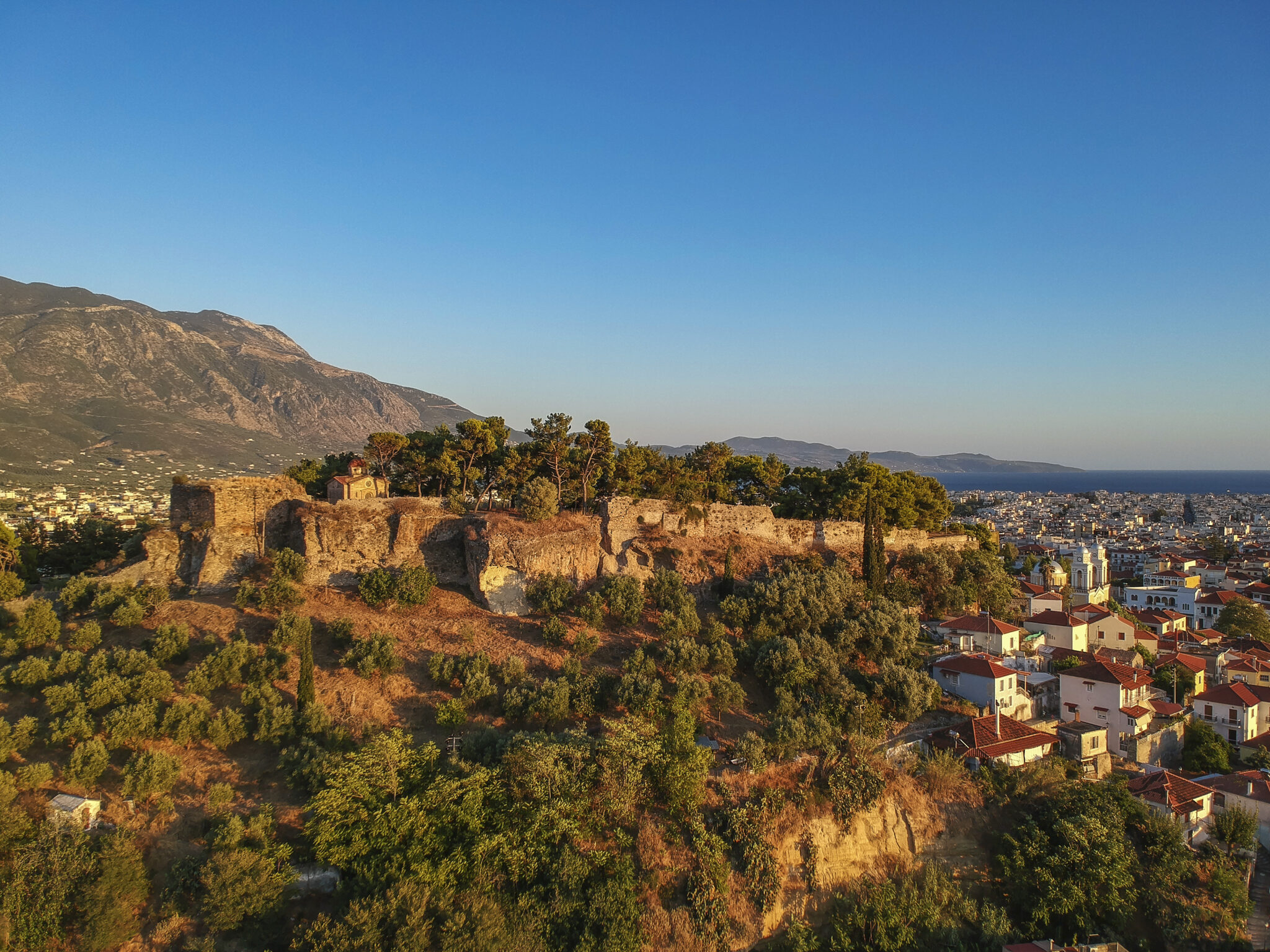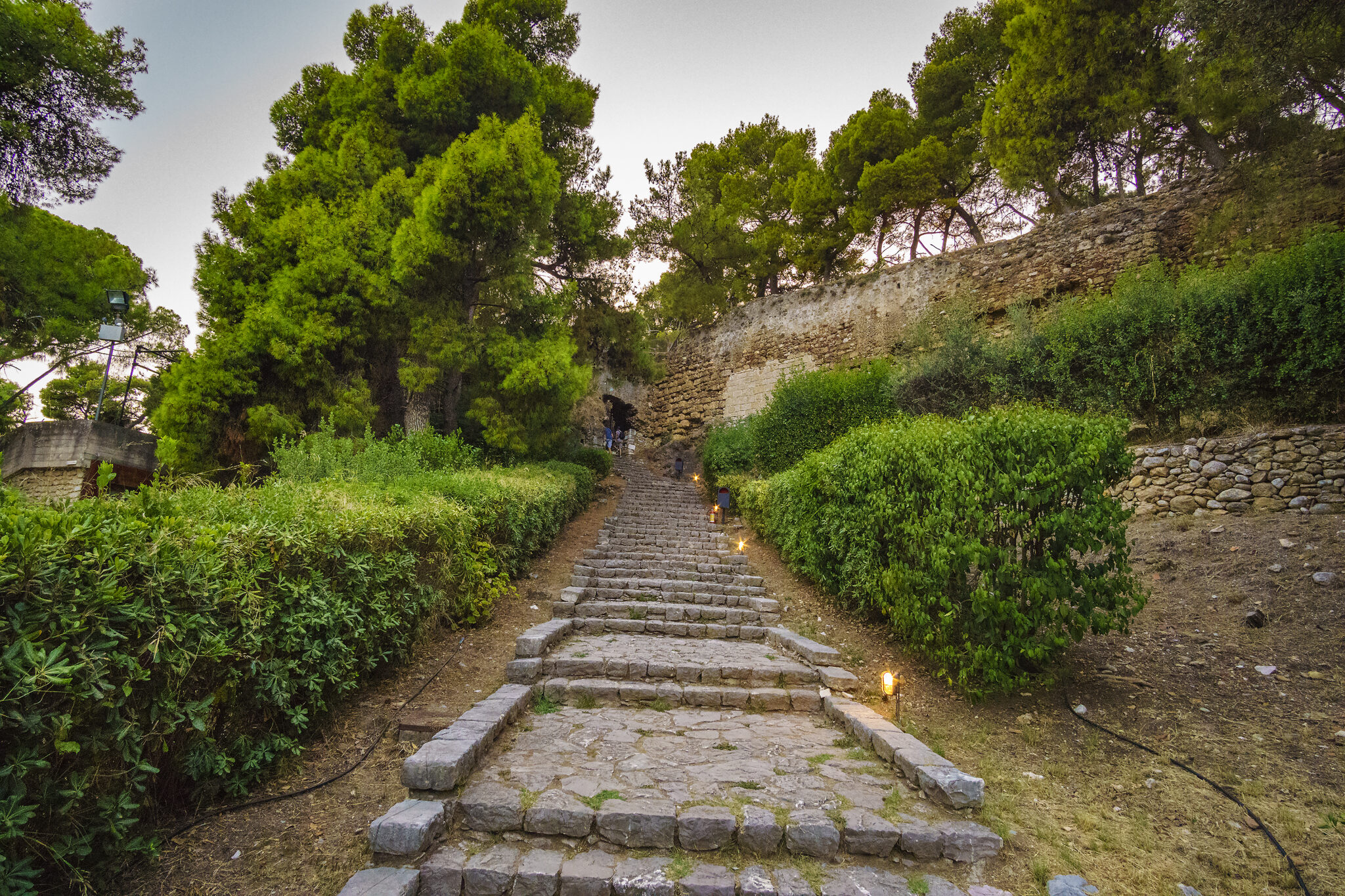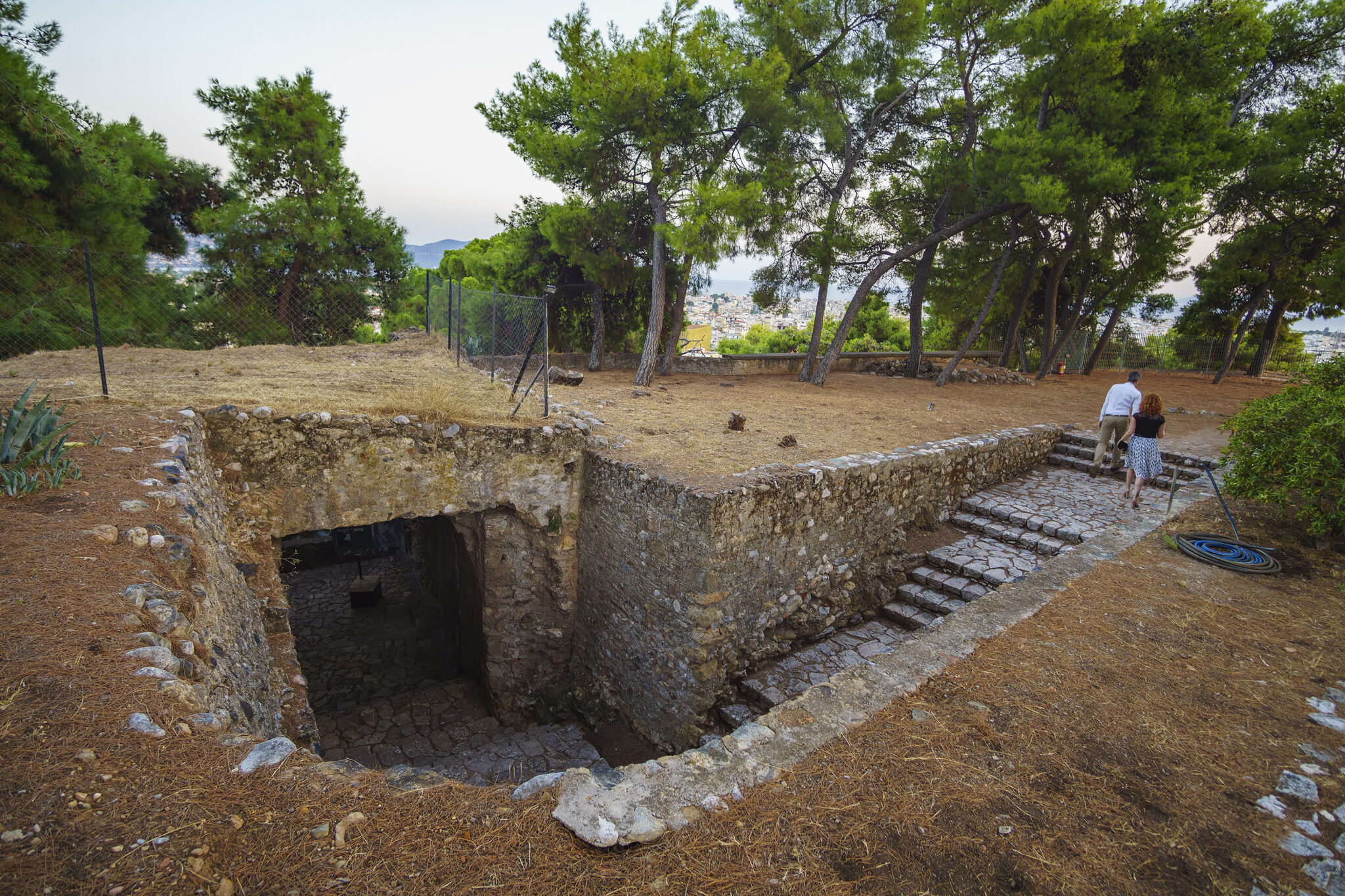Sat unflinchingly on a rocky hill in the northwest corner of the city of Kalamata, Greece, sits a castle that has weathered the capricious whims of time far more effectively than the last leftover moussaka in your fridge. This is Kalamata Castle, a fortress that has stood resolute through the centuries, swapping hands more frequently than a questionable deck of cards at a magician’s convention. Its story dates back to an era when the concept of ‘online’ was as far-fetched as a minotaur winning Greece’s Next Top Model. So, let’s delve into this monument’s captivating past, shall we?
The Name Game
This old pile of stones was once a Byzantine fortress and even an ancient acropolis before the Trojan War. However, the ruins we gawk at today hark back to the 13th century, during the Frankish occupation. As for the name ‘Kalamata’, it’s not a fancy term for a type of olive. In the 6th century AD, a church was built inside the castle dedicated to Virgin Mary, housing an icon named ‘Kalomata’ or ‘beautiful eyes’. Over time, ‘Kalomata’ morphed into ‘Kalamata’, and the name stuck to the church, the castle, and the city.
A Speedy History of Time
Let’s take a step back to the days when men wore togas, and everything was carved in stone. The ancient acropolis was allegedly founded by Faris from Argos, a figure of mythology. The city was named Farai or Fares, and it got a mention in the Iliad – Agamemnon offered it to Achilles to calm his raging temper. Quite the peace offering, I must say.
Despite its ‘Iliad’ fame, Fares never made it into the ancient world’s A-list, unlike its neighbour, Messini. Archaeologists have confirmed that the city was actually on the hill, not in the surrounding area.
Fast forward to the Byzantine era, when the place was occupied and fortified, but apart from that, its history is as clear as a sludgy cup of Greek coffee.
From Franks to Turks
The real action started with the Frankish occupation. After the 4th Crusade and the Fall of Constantinople, Peloponnese and Kalamata fell under the rule of Frank knights. Geoffroi de Villehardouin I, the ruler of the Principality of Achaea, rebuilt the ruined castle and made it the home base of the Kalamata feud. His son Guillaume II, born in the castle, later became a notable ruler of the Principality.
The castle’s ownership read like a game of historical hot potato: the Franks until 1410, a brief Slav peasant takeover in 1293, a Turkish stint in 1396, and then the knights of the Company of Navarra. In 1459, Ottoman Turks, led by Mohamed the Conqueror, grabbed the castle. The Venetians had their turn in 1464, left in 1540, came back in 1685, and then left again in 1715 after the Turks returned.
Despite the city of Kalamata’s expansion in the 18th century, the castle was gradually abandoned and left to ruin. However, it had one last hurrah when Kalamata was liberated on March 23, 1821, marking the first act of the Greek War of Independence.
And that, dear readers, is Kalamata Castle for you – a testament to the turbulent history of Greece and a living, breathing (well, not really) piece of the past. It’s certainly worth a visit, just don’t expect a gift shop.
Read also:
Enchanting Kalamata Accommodations in the Peloponnese
Kalamata Shopping: A Fusion of Tradition and Artistry
A Culinary Journey Through Kalamata in the Peloponnese









